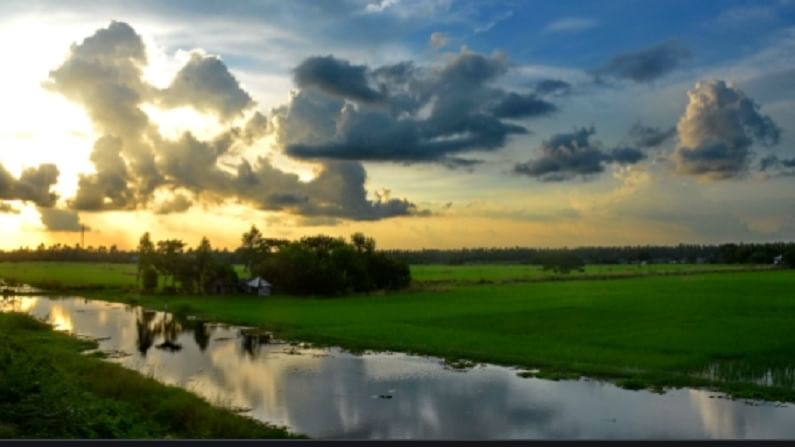August is the time to look up to the heavens
Rural demand will be substantially determined by the output of the kharif season that is underway

The importance of the monsoons has increased especially after Reserve Bank on August 6 raised the retail inflation forecast for FY22 from 5.1% to 5.7, very close to the upper limit of tolerance level of 6%. Economists pointed out that fortunately the estimates for rainfall for August and September is most likely to be normal that could erase the deficit of the irregular precipitation in July that created problem during the sowing of the kharif crop.
“Despite nearly 80% of season’s sowing completed as of July, good rainfall in August remains crucial for supporting higher yield and productivity of crops and to lift season’s performance,” said Yuvika Singhal, economist with research agency QuantEco.
The south-west monsoon accounts for three-fourths of the country’s rainfall.
Singhal pointed out that of the four months of the rainy season, July and August receive maximum precipitation.
“The Indian Meteorological Department expects rainfall to be above normal in August – 94-104% of long period average,” she added.
Long period average (LPA) is the rainfall recorded in a particular region for a specific time window such as a month or a season over a long period like 50 years. It is a crucial benchmark to measure precipitation.
Sown area up
Janaki Samant of the Centre for Monitoring Indian Economy wrote that by July 30, the sowing of kharif crops improved with the strong revival of rainfall. “At 84.8 million hectares, area sown was lower by 4.7% compared to the area cultivated a year ago. This is a substantial improvement over the situation as of about a week ago on July 23 when the area sown was lower by 8.9%,” she wrote.
Central India
In a report, QuantEco noted that rainfall had especially been less in central and northwest India and that these two regions produce nearly 60% of the country’s foodgrain harvest.
Due to lack of irrigation facilities, central India is especially dependent on rainfall for cultivation.
Why is it important?
Rainfalls are perennially important in India since rural economy depends substantially on the agriculture output that, in turn, depends on the amount of precipitation.
This year it assumes even bigger significance since the economic recovery from the second Covid wave depends on the revival of demand in the rural economy.
“There are serious concerns over rural demand and businesses,” Rupa Rege Nitsure, chief economist with L&T Financial Management told the media in June. Rating agency ICRA had apprehended a drawn-out negative impact of the second wave on consumer sentiment and demand.
“A good monsoon will be critical to keep a lid on food price escalation. Carrying nearly 45% weight in CPI index, respite in food inflation will help offset some of the price pressures, especially those emerging from global fuel and other commodity prices,” said Singhal.
Strong bearing
Since the price of agriculture products, of oilseeds and pulses, has gone up, a good kharif output can translate into higher farm incomes. Together with cash assistance to farmers by and enhanced foodgrain procurement, it can lift rural income levels.
Economists said one can expect a quicker turnaround in non-discretionary demand closer to the harvest period that begins in September.
Domestic tractor sales soared to a near record high in June this year mainly helped by pent-up demand. However, the sustainability would be under watch.
Last year
Experts drew some comfort from the fact that in 2020 there was 17% surplus rainfall in June but it turned into a 10% deficit in July. Yet there was record kharif harvest last year.
Significantly, the rural economy was largely spared the scourge of the first pandemic wave when agriculture recorded positive growths in all the four quarters of FY21 despite a 7.3% contraction of the overall economy.